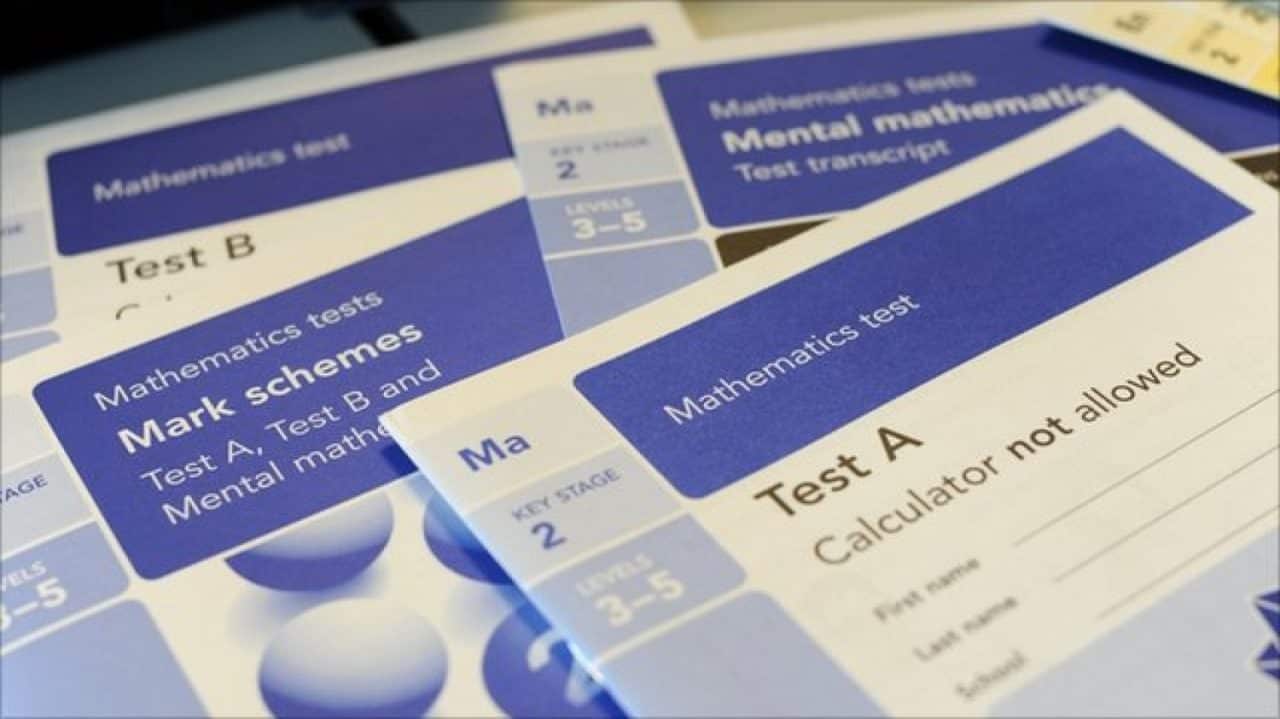The UK national curriculum can be confusing for those who have not experienced it for themselves. Heavily regulated, the curriculum has several levels of testing depending on the educational year. If you are teaching in the UK, it is essential to understand this exam system as children are meant to prepare for them.
The UK education system as four parts to it: Primary, secondary, further and higher education. A child must attend primary and secondary education by law, which is from about 5 to 15 years of age. It is also divided into “key stages” and is as follows:
- Key stage 1 – 5 to 7 years old, Years 1 to 2
- Key stage 2 – 7 to 11 years old, Years 3 to 6
- Key stage 3 – 11 to 14 years old, Years 7 to 9
- Key stage 4 – 14 – 16 years old, Years 10 to 11
The first two stages are generally at primary school while the latter two are in secondary. At the end of each stage, assessments are done, with more formal ones taking place from key stage 2 onwards. Key stage 1 has Early Years Foundation Stage (EYFS) which measures a child’s development in their early years. It ensures the level of learning is appropriate with individual child profiles Children in Year 2 will need to take SATs in reading and maths. They are only marked by teachers.

SATs Key Stage 2
Following on from EYFS are the SATs. This is taken in Year 6 when children are ages 10/11. SATs cover maths, science and English. The purpose of these SATs is to help identify each child’s strengths and weaknesses when it comes to their education. The data is used to compare with other students locally and nationally and are marked externally.
GCSEs
GCSEs (General Certificate of Secondary Education) are taken when students are 15/16 years of age (School Years 10/11) and mark the end of compulsory education in the UK. They are taken in England, Wales and Northern Ireland. All students must study maths, science and English, but also a number of other subjects of the student’s choice. This covers creative subjects such as drama and art, social sciences, technology, languages, humanities, natural sciences and others. Most students leave with 10 or more GCSEs. Most schools require at least 5 to be at least a grade of C before moving on to A-levels if they so choose.
AS Levels
AS levels are taken in optional sixth form as a stand-alone qualification or as the very first level of an A level course taken the following year, however as of 2017 it will not count towards the A level. Most students take three or four AS levels to prepare for A-levels with around 80 subjects to choose from.
A Levels
A levels are used as entrance grades for Universities and are the final school exams students aged 18 in Year 12 will take. They are more advanced than AS levels. It’s the chance to start specialising in a certain subject area if a student knows what it is they want to study in University. It is much more in-depth than GCSEs, so subjects should be chosen by where passions lie.
Scottish Highers
Scotland has a slightly different testing system than the rest of the UK. Scottish Highers is the equivalent to A levels and are used for University entry. Highers is considered the same as AS levels while Advanced Highers is the same as A levels. Scottish universities generally require Highers but many English universities prefer an Advance Highers qualification.
Testing can be a stressful time for both students and teachers. If you are looking at teaching in the UK, know that you have a lot of support from peers and superiors when it comes to this. Point to Point Education are also here to help discuss any concerns and put minds at ease!

The Impact of Finder’s Fees on Teacher Recruitment: Are They Worth the Cost?
Recruiting and retaining top teaching talent is one of the biggest challenges facing schools today. With an ongoing teacher shortage and increasing financial pressures, many schools turn to supply agencies…
Read More
Teaching in Melbourne: Your Ultimate Guide to a Rewarding Career
Why Teach in Melbourne, Australia? Melbourne is consistently ranked as one of the world’s most liveable cities. Known for its vibrant culture, thriving arts scene, and renowned coffee culture, it…
Read More
